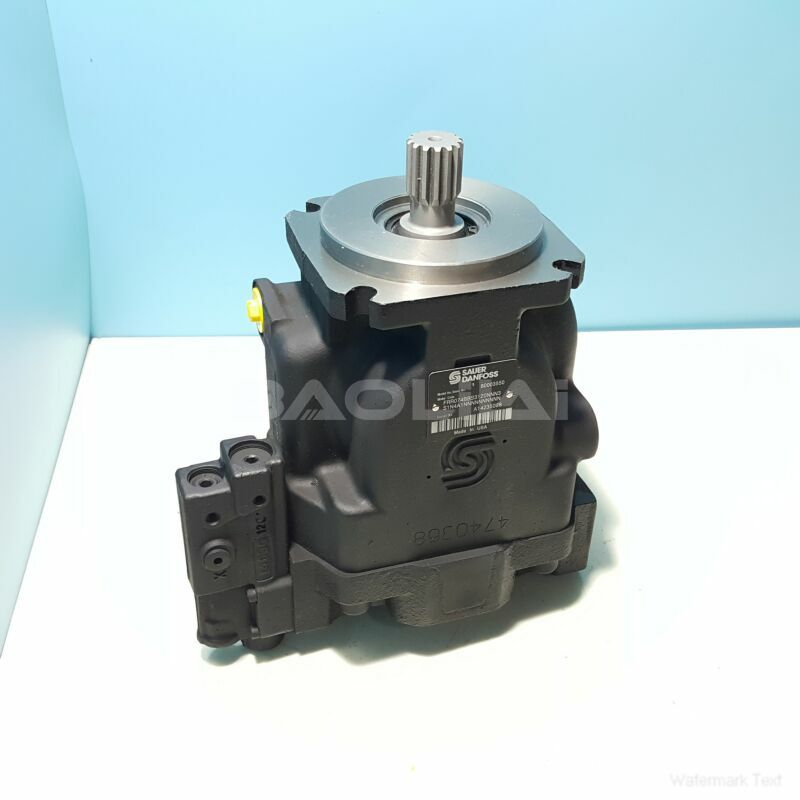FRL090CLS2320NNN3S1N2A1NNNNNNNNNN piston pump
FRL090CLS2320NNN3S1N2A1NNNNNNNNNN piston pump

- Product Details
- Applicable Scene
Hydraulic systems are integral to various industries, providing the necessary power and control for a wide range of applications. Among the leading players in the hydraulic equipment market, Danfoss is renowned for its high-quality hydraulic pumps. However, like all hydraulic components, the performance of Danfoss pumps can be significantly affected by contaminants present in the hydraulic fluid. This article explores the sources of contamination, its impact on pump performance, and strategies to mitigate these adverse effects.
FR-L-090C-LS-23-20-NN-N-3-S1N2-A1N-NNN-NNN-NNN
FRL090CLS2320NNN3S1N2A1NNNNNNNNNN
Contaminants in hydraulic systems can originate from various sources, including the environment, wear and tear of components, and the hydraulic fluid itself. Common contaminants include dirt, dust, metal particles, water, and chemical additives. These impurities can enter the system through improper handling during maintenance, leaks, or inadequate filtration. Once in the system, contaminants can cause significant wear on the pump components, leading to reduced efficiency, increased energy consumption, and eventual failure.

83032940
The presence of contaminants can lead to increased friction between moving parts within the hydraulic pump. For example, abrasive particles can damage the smooth surfaces of pistons and cylinders, resulting in inefficient operation and reduced output pressure. This degradation not only diminishes the pump’s performance but also shortens its lifespan, leading to costly repairs or replacements. Furthermore, the accumulation of contaminants can obstruct fluid pathways, resulting in cavitation—a phenomenon that creates vapor bubbles in the fluid, which can implode and cause additional damage to the pump.
Water contamination is particularly detrimental, as it can lead to rust and corrosion of metal components within the pump. The presence of moisture also promotes microbial growth, which can generate sludge and further blockages. Additionally, water can dilute the hydraulic fluid, reducing its lubricating properties and increasing wear on components. This combination of issues underscores the critical importance of maintaining hydraulic fluid quality to ensure optimal pump performance.





